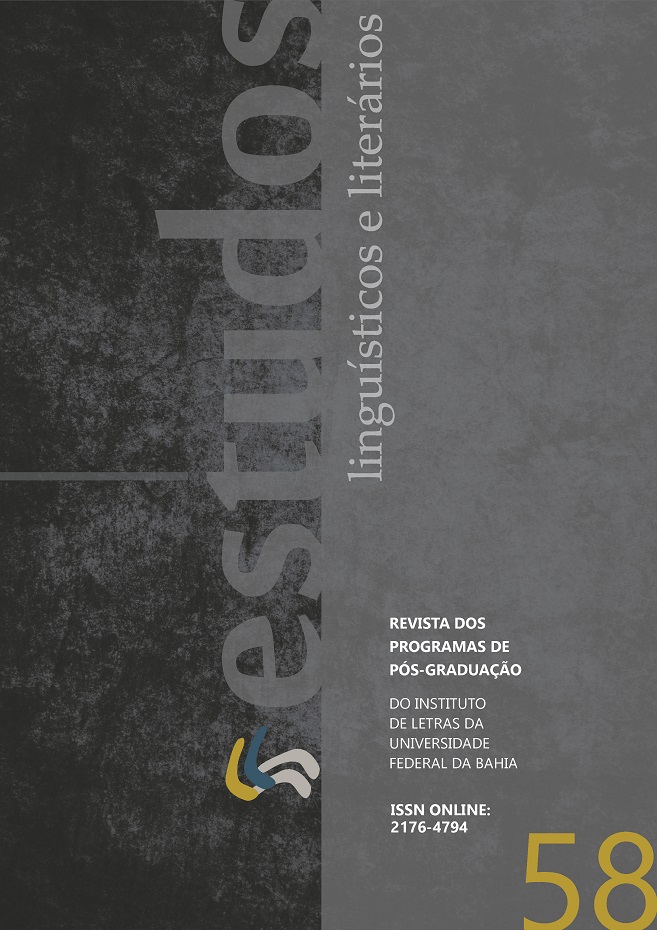ORDEN DE PALABRAS Y POSICIÓN DE LOS CLÍTICOS PRONOMINALES EN LAS CONSTRUCCIONES IMPERATIVAS DE LAS LENGUAS ROMÁNICAS MEDIEVALES | WORD ORDER AND PRONOMINAL CLITIC POSITION IN THE IMPERATIVE CONSTRUCTIONS OF OLD ROMANCE LANGUAGES
DOI:
https://doi.org/10.9771/ell.v0i58.26810Palavras-chave:
Español antiguo, Lenguas románicas antiguas, La sintaxis del imperativo, Cambio lingüístico. | Old Spanish, Old Romance, The syntax of imperatives, Linguistic ChangeResumo
Esta investigación aporta evidencias acerca del hecho de que el español medieval y también otras lenguas románicas antiguas (portugués e italiano, por ejemplo) son claros exponentes de la clase II de Rivero y Terzi (1995: 301, e.g. 1) en que el imperativo no presenta una sintaxis diferenciada de la de las oraciones matrices, mientras que, como mínimo, el español actual formaría parte de las lenguas de la clase I, cuyos imperativos tienen una sintaxis propia. Se muestra, asimismo, que los cambios correspondientes al orden de palabras de las construcciones imperativas corresponden a un proceso de sintactización que ha desvinculado las estructuras de imperativo de la morfología verbal (y, por consiguiente, de la sintaxis de las oraciones matrices) y ha comportado un cambio hacia un tipo de estructura con requisitos sintácticos específicos. Además, por otra parte, nuestros datos permiten profundizar en la teoría del contacto lingüístico y en las condiciones necesarias para que se dé la transferencia de estructuras arcaicas del español medieval al español atlántico. De acuerdo con ellos, podemos afirmar que el mantenimiento de estructuras medievales en Hispanoamérica se debe supeditar al hecho de que las lenguas indígenas de adstrato posean construcciones que faciliten la transferencia lingüística y, por tanto, revitalicen un patrón que ya se encontraba en retroceso en el español peninsular.
Abstract: This research provides evidence in favour of the fact that Old Spanish, as well as other Old Romance languages (Portuguese and Italian, for example) accommodate to Rivero and Terzi’s (1995: 301, e.g. 1) pattern II in which imperative structures of the languages do not display a different syntax from the one exhibited by main clauses, whereas Modern Spanish should be classified as belonging to pattern I, the imperative constructions of which present their own specific syntax. We put forward that the changes undergone by the word order of imperative sentences through time should be attributed to a syntactization process that tended to detach imperatives from a specific verbal morphology (and also from the syntax of main clauses) and brought about new specific syntactic requirements for them to be licensed. Furthermore, our data allow us to shed light on the theory of linguistic change and the necessary conditions to have transference phenomena from Old Spanish to Hispano-American Spanish. Our data show that, so as to posit that Old Spanish constructions of any sort have been transferred to Hispano-American Spanish, there should be similar configurations in the indigenous languages that enable this transference through language contact and can bring about an increasing use of the structures that already were receding in Peninsular Medieval Spanish.


